#humpback whale
Text
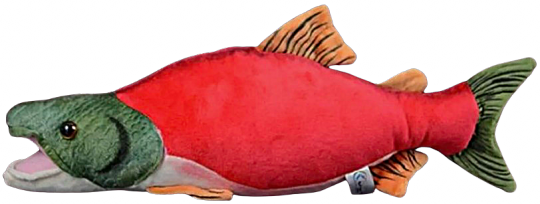

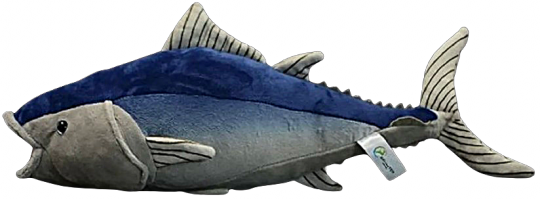







x x
#h-hrx boutique store#donottag1#transparent by me#ebay#sockeye salmon#yellowfin tuna#bluefin tuna#swordfish#codfish#rainbow trout#coelacanth#great white shark#sperm whale#humpback whale#fish#shark#whale#plushies#stuffed animals#objects#sharks#whales#plusie#stuffed animal#cute#pngs#transparent pngs
38 notes
·
View notes
Text
22K notes
·
View notes
Photo
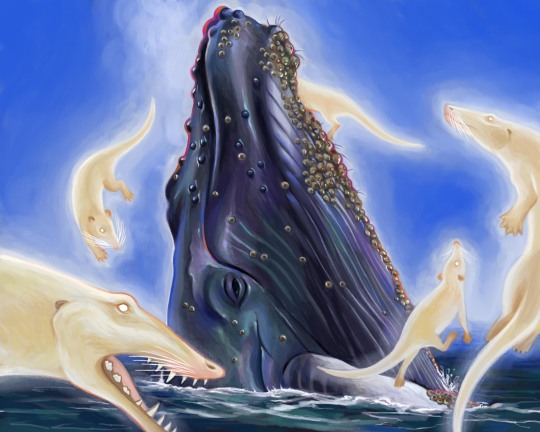
Humpback Whale with Ancestors
“Look how much we’ve changed”
#humpback whale#whale#cetaceans#pakicetus#ambulocetus#nature#nature art#evolution#paleontology#paleoart#my art#ocean#ocean art#marine biology
16K notes
·
View notes
Link
“Famous more as a cultural feature than as a natural one, the pace at which the River Mersey is recovering to a fishy wonderland has ecologists stunned.
Splitting The Beatles’ home city of Liverpool in two, a recent survey found 37 different species of fish, more than two-and-a-half-times as many as were found in the previous survey 20 years ago.
Five different species of sharks were also found, along with huge eels and sea scorpions. ‘Holiday species’ as one local fishermen called them, like turbot, smelt, and cod, have also been caught.
Scientists at the Mersey Rivers Trust, a public/private charity-driven partnership for nature in the area believe that these species are breeding in the 3 mile-wide estuary.
The Liverpool Docks—the largest enclosed dock system in the world, were described by Herman Melville as comparable to the Pyramids in size and construction. As a result, industrialization heavily polluted the river. In 2009 however it was announced that the river was “cleaner than at any time since the industrial revolution” and is “now considered one of the cleanest [rivers] in the UK.”
“Over the last 30 years, there’s been this tremendous regeneration, this renewal of the River Mersey that started slowly but is now picking up pace. I still think we’re right at the beginning of something special,” said Mike Duddy at the Mersey Rivers Trust, who spoke to the Wirral Globe about the restoration...
Humpback whales were recently seen in Liverpool Bay for the first time since 1938, while the Mersey itself has also welcomed back otters, salmon, octopus, porpoises, and seals.
The Trust is currently compiling a species list, and is holding a competition with local fishermen to see how many can be recorded. Duddy expects to raise the count of 37 fish species to 50 next year.”
-via Good News Network, 1/23/23
#england#uk#liverpool#conservation#water pollution#biodiversity#ecosystem restoration#fish#sharks#eels#humpback whale#otter#salmon#octopus#porpoise#seal#rivers#good news#hope
3K notes
·
View notes
Photo





Here it finally is, the full cetacean eye colour info sheet! A long time coming, and an even longer time in the making. I hope that all you cetacean eye curious people will find this one as fascinating as the killer whale eye colour post. It’s a wild world out there!
#illustrations#namtalk#info sheet#infographic#tutorial#cetacean eye colour#eyes#dolphin eye#whale eye#anatomy#bottlenose dolphin#spinner dolphin#humpback whale#killer whale#orca#false killer whale#gray whale#AT LONG LAST#THE CETACEAN EYE THING IS HERE#I really hope you all enjoy!!#and that it was worth the wait#i started this almost 2 years ago rofl
2K notes
·
View notes
Text

John Hyde, Wild Things Photography
297 notes
·
View notes
Text

FINISHED MY LIST OF PROMPTS, GUYS
If anyone uses these, please feel free to @ me, I’d love to see how people interpret them. I guess you could also just use a tag. #piddermermay I guess? Idk. I’ve never done anything like this before.
#hopefully these are interesting#also I’m so proud of this painting#I really like how it turned out#might add a version without the words to this post later#idk#hopefully none of these are repeats from previous years#I feel like siren might be#but whatever#MerMay#mermay 2024#mermay prompts#mer character design#mermaid art#humpback whale#humpback mermaid#digital art#young artist#artists on tumblr#small artist#my art#regular style#also there were only three nos on the poll (four counting me) out of forty so I figured I’d post the prompts and make art out of it
196 notes
·
View notes
Text

✨❤️
@naffeclipse (Eclipse belongs to them)
#silly#sketch#fnaf au#fanart#y/n#humpback!reader#humpback whale#fnaf eclipse#orcaxhumpback#orca!eclipse#naffeclipse#security breach au#mermaid au
265 notes
·
View notes
Text
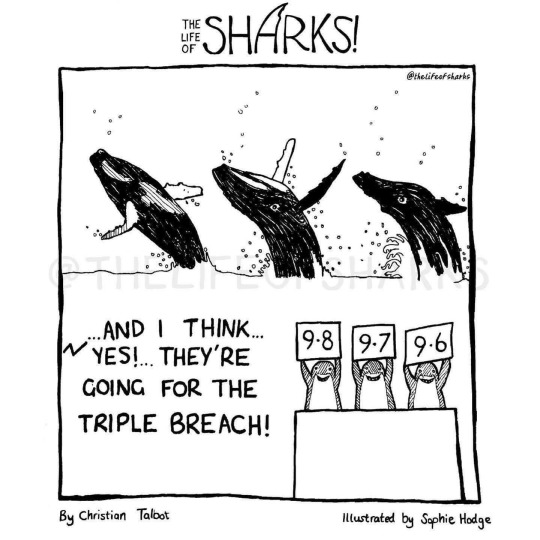
#comic#funny#the life of sharks#sharks comic#cartoon#humor#humour#webcomic#comics#sharks#whales#humpback whale
624 notes
·
View notes
Text
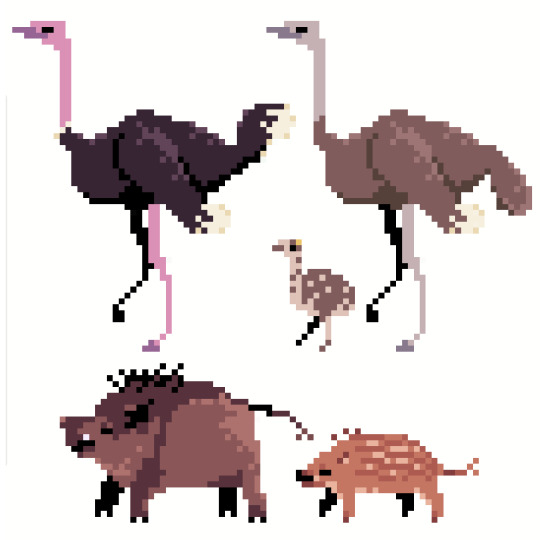
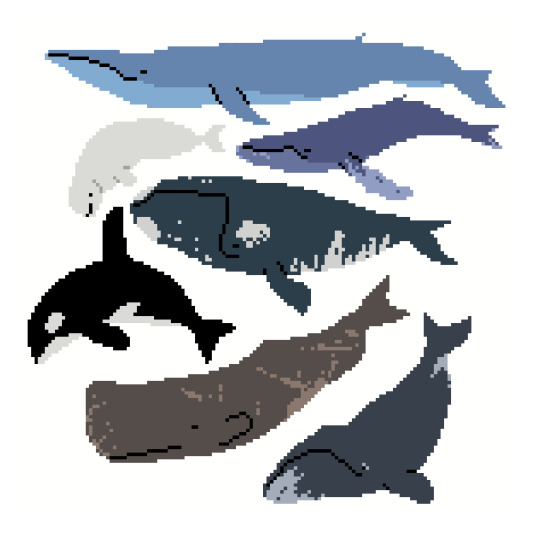
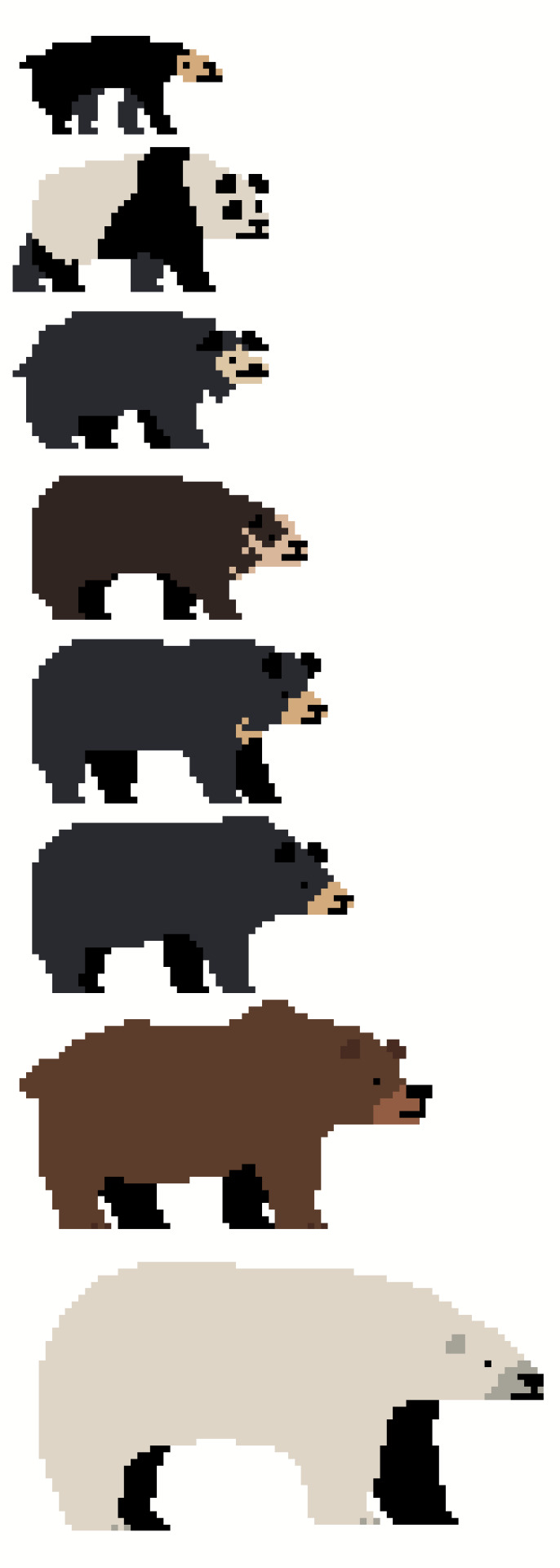
and today i bring you: boars, ostriches, various whales (i was going for just baleen whales but my classmate begged for a beluga), and every species of bear from smallest to largest (image descriptions in alt)
#my art#pixel art#whales#animals#bears#ostrich#boar#sun bear#sloth bear#asian black bear#american black bear#brown bear#polar bear#spectacled bear#humpback whale#blue whale#orca#beluga#sperm whale#bowhead whale#right whale
157 notes
·
View notes
Photo

(by Nima Sarram)
#vertical#landscape#animals#x#a#watsf#curators on tumblr#Nima Sarram#ocean#water#whale#humpback whale#Cabo San Lucas#Mexico
636 notes
·
View notes
Text


richardsidey on ig
#upl#sea life#marine#marine life#whales#humpback whale#stim#sensory#calming#relaxing#soothing#ocean#oceancore#ocean aesthetic#ocean gif#sea animals#antarctica#sea#seacore#sea aesthetic
235 notes
·
View notes
Text
Breaching in the deep 🐋 !.
#Whale#downfalldestiny#downfall#life#sea waves#whale#humpback whale#Swim#magical world#magic destinations#magic moments#View
603 notes
·
View notes
Text
#art#legend#icon#legendary#ocean#seaside#seascape#water#waves#sea#frank ocean#oceancore#stone ocean#ocean view#whale#fish#sea creatures#aquatic#whale weekly#humpback whale#sperm whale
362 notes
·
View notes
Link

”Fifty years ago, Congress voted to override President Richard Nixon’s veto of the Clean Water Act. It has proved to be one of the most transformative environmental laws ever enacted.
At the time of the law’s passage, hundreds of millions of gallons of raw sewage was dumped by New York City into the Hudson River every day. This filth was compounded by industrial contaminants emptied into the river along much of its length. The catch basin for all of this was New York Harbor, which resembled an open sewer. At its worst, 10 feet of raw human waste blanketed portions of the harbor bottom, and certain reaches held little or no oxygen to sustain the life of its fishery. Trash floated among oil slicks.
Health advisories against eating fish from the Hudson remain, but its ecology has largely recovered, thanks to the law, which imposed strict regulations on what could be discharged into the water by sewage treatment plants, factories and other sources of pollution. Today people swim in organized events in New York Harbor, which would have been unthinkable in 1972 when the law was passed. Across the country, billions of dollars were also spent to construct and improve sewage treatment plants, leading to recoveries of other urban waterways.
Cleaner water has made the harbor far more hospitable, and other steps have helped to rebuild life there, like fishing restrictions and the removal of some dams on tributaries in the Hudson River watershed.
The harbor’s environment remains compromised even so. It continues to be stressed by sewage overflow during rainstorms and by habitat degradation, such as loss of salt marshes from development and sea level rise. But the ecological workings of the harbor have been returned to a functional level, a revitalization that owes much to this landmark act of Congress.
Fifty years on, the story of this remarkable recovery can be told through some of its key animal species.
American oyster
Oyster reefs once covered roughly 350 square miles of harbor bottom around New York City. Untreated sewage contributed to a severe decline in the oyster population that lasted through the 20th century. The wild oyster population has begun to recover; a nine-incher known as Big was found in 2018 by a diver at a Hudson River pier. The nonprofit Billion Oyster Project is also at work restoring oyster reefs in the harbor, which provide habitat for other species...
Bald eagle
Once a rarity across North America, largely because the now-banned pesticide DDT compromised its ability to reproduce by weakening its eggshells, the bald eagle has made a strong comeback, taking advantage of the harbor’s resurgent fish life. As many as 10 now live on Staten Island, including the borough’s first nesting pair, known as Vito and Linda.
Humpback whale
The increased abundance of menhaden, a critical food source for the whales, has likely drawn humpbacks into the Hudson estuary. In December 2020 a humpback whale was seen in the Hudson just one mile from Times Square.
Harbor heron
Herons, egrets and ibis once nested all over New York Harbor. But demand for their plumage for women’s hats in the late 19th century, followed by the decimation by sewage pollution of the fish and crabs they preyed on, contributed to almost a century-long absence. Improved water quality has led to the birds’ recovery, with more than a thousand breeding pairs.
Osprey
Like the bald eagle, osprey numbers plummeted because of the widespread use of DDT. Today this bird of prey, also known as a fish hawk, is often spotted over the harbor hunting fish close to the surface, which they snatch with their outstretched talons. The cleaner harbor’s revitalized fish populations have helped drive the osprey’s return.”
-via The New York Times, 12/30/22
#new york#nyc#new york harbor#bald eagle#oyster#humpback whale#heron#osprey#conservation#endangered species#ecosystems#ecosystem restoration#good news#hope
2K notes
·
View notes
Photo

Join my fight
#memes#shitpost#marine biology#biology#humpback whale#megaptera#animals#humpback dolphin#humpback salmon
7K notes
·
View notes